Buying a new bike is always a highlight for any cyclist. We've all experienced the thrill of a visit to the bike shop, the quickening of the heart as you spot your future ride glistening bright and new in the showroom. But have you ever stopped to think where your bike might come from?
It's almost guaranteed that in some stage of your cycling career you've ridden a bicycle bearing the "Made in Taiwan" stamp. The small island is a powerhouse of bicycle production - from £50 supermarket rides to the most high end specialist racing machines. Much of the cheaper form work has relocated to China, but Taiwan continues to design, build and deliver box loads of bicycles every year.
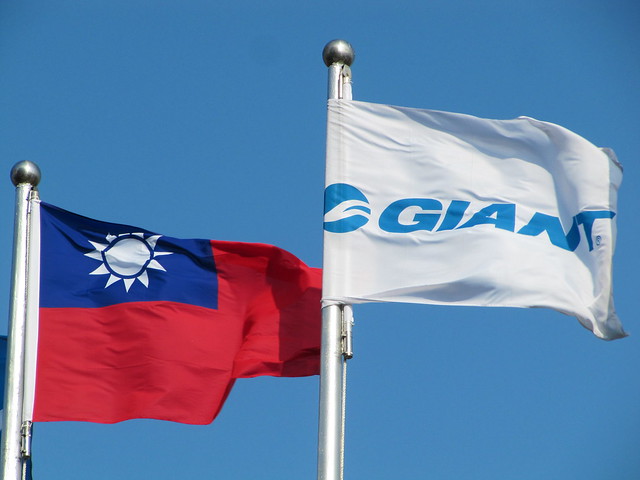
Bicycle manufacturing behemoth Giant have their global headquarters in the Taiwanese city of Taichung. Since 1972 the company has grown and grown to become the biggest producer of bicycles in the world - producing other company's designs for them, as well as creating their own brand lines which are sold in 10,000 of their stores worldwide. By their own calculation the company holds about 10% of the global market share - so where do all these bikes come from?
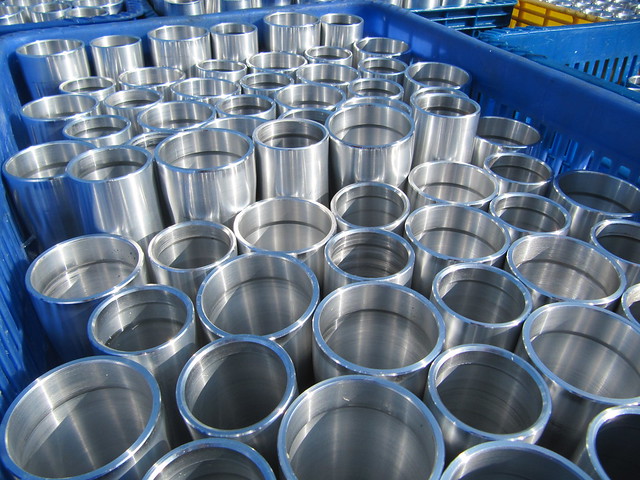
Behind closed doors at their Taichung factory, Giant's workers are creating bicycles. Materials arrive by the lorry load; pre-assembled components from Japan, rolls of steel and aluminium pressed in mills in India and China, made from raw materials dug out of the ground in Australia. Rubber tyres in every size conceivable arrive stacked high on pallets, whilst the ingredients for carbon frames are ushered in to the factory.
Inside, teams of specialists are going about their business. A buzz of workers create the frames, which are hand turned, drilled, stamped and finished by individuals, not machines (take that, craft build hipsters!), their frames are then passed to braziers who add their little additions. A team of painters create colour and decals before the frame winds its way to the assembly line, where the bicycle is truly born.

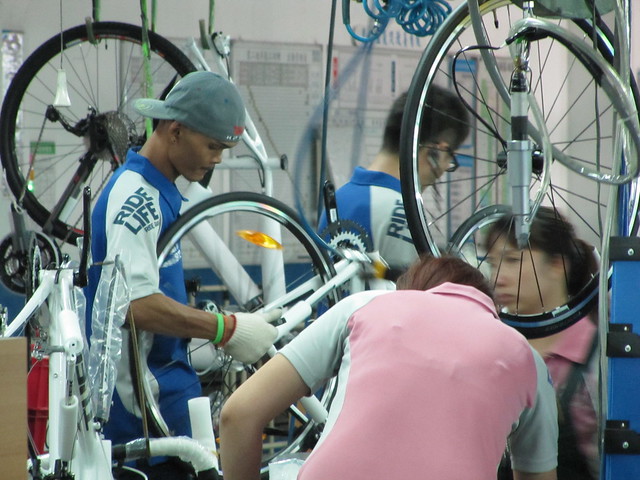
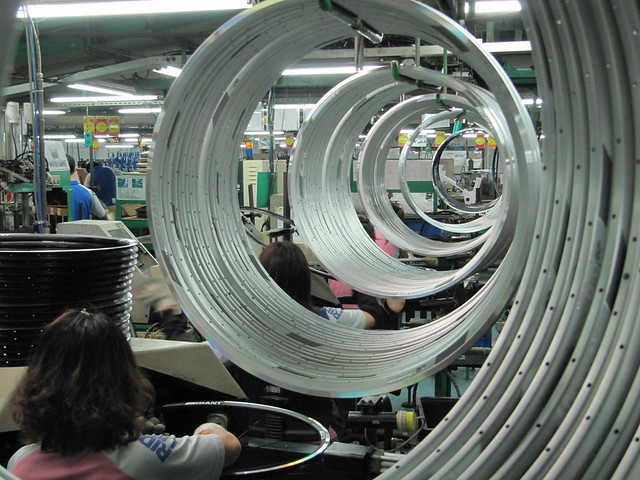
The assembly line is both mechanical and hand made; the bike travels along a conveyor belt and all those different components arrive at the right place at the right time as if by logistical magic. Trolleys of gears are shunted in to place, wheel sets fly down from an over head track, adding a touch of Heath Robinson to proceedings. But it is people who attach the wheels to the bike, and adjust those gears. It is people who wipe the frame down, tighten the pedals, make sure the chain is running smoothly. Giant's people seemed happy on my visit to their fascinating factory; their work stations were clean, there were no suicide nets in the roof, they only work one shift a day (8.30AM to 5.30PM) and when I visited the workers were looking forward to enjoying the national holiday the next day.
Each worker on the assembly line handles one step in the creation of the bike. One will mount the gear cassettes whilst another will fine tune them. One will lay the cables whilst another might tape the handlebars. They can be re-dispatched to help alleviate bottlenecks on the assemble line, or move on to other jobs if the line is moving slowly. And they'll assemble a host of different types of bike; from Giant's most stately of uprights in the morning, through to their most high-end racers in the afternoon.
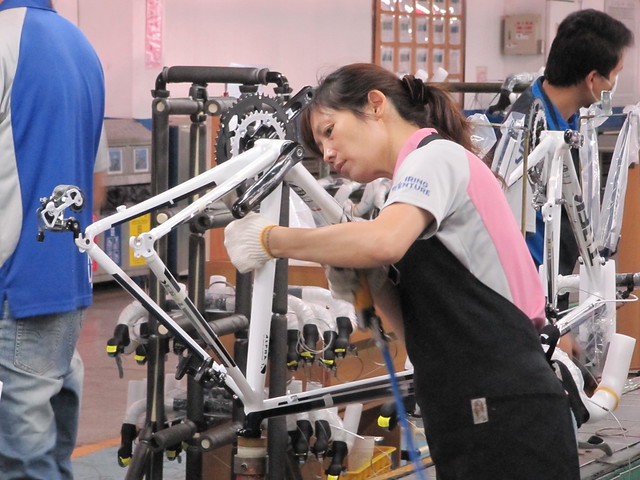
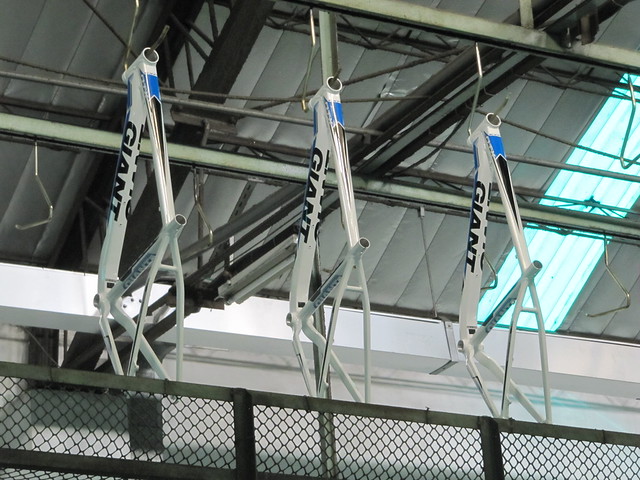

The bikes - growing and looking more like a finished product as they move along the line - travel towards the final destination; the wrapping station where they are padded, taped and protected. They're then slipped into a cardboard bike box which is rushed away on a conveyor belt, flying out of the factory high above the heads of the assembly line workers and into a waiting container. Once full of bikes the 40ft container will be driven away on a lorry to the ports in the north of the country where they'll be loaded onto enormous waiting ships which will bring them to the west. A bicycle is born.
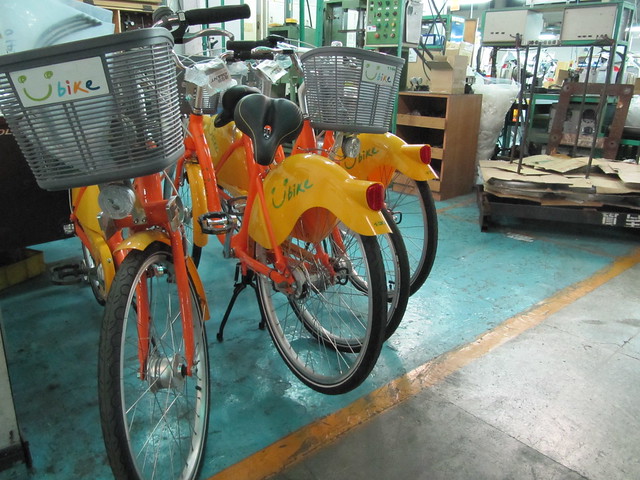
A long journey by sea and a few steps of distribution further and that beautiful new bike is waiting for you, gleaming and unused, ready for you to ride out of the bike shop. But next time you swing your leg over your frame and pedal off in to the street, take a moment to think of your bike and the hands involved in creating it.
Do you know where your bicycle comes from?
My account of a tour of the Giant bicycle factory is part of a week long series of posts focusing on cycling culture and business in Taiwan. Check out my introduction to the Bicycle Kingdom and Taipei's best bicycle trail.
Share |
It's almost guaranteed that in some stage of your cycling career you've ridden a bicycle bearing the "Made in Taiwan" stamp. The small island is a powerhouse of bicycle production - from £50 supermarket rides to the most high end specialist racing machines. Much of the cheaper form work has relocated to China, but Taiwan continues to design, build and deliver box loads of bicycles every year.

Bicycle manufacturing behemoth Giant have their global headquarters in the Taiwanese city of Taichung. Since 1972 the company has grown and grown to become the biggest producer of bicycles in the world - producing other company's designs for them, as well as creating their own brand lines which are sold in 10,000 of their stores worldwide. By their own calculation the company holds about 10% of the global market share - so where do all these bikes come from?

Crates of future bicycles
Behind closed doors at their Taichung factory, Giant's workers are creating bicycles. Materials arrive by the lorry load; pre-assembled components from Japan, rolls of steel and aluminium pressed in mills in India and China, made from raw materials dug out of the ground in Australia. Rubber tyres in every size conceivable arrive stacked high on pallets, whilst the ingredients for carbon frames are ushered in to the factory.
Inside, teams of specialists are going about their business. A buzz of workers create the frames, which are hand turned, drilled, stamped and finished by individuals, not machines (take that, craft build hipsters!), their frames are then passed to braziers who add their little additions. A team of painters create colour and decals before the frame winds its way to the assembly line, where the bicycle is truly born.



All the components start to come together.
The assembly line is both mechanical and hand made; the bike travels along a conveyor belt and all those different components arrive at the right place at the right time as if by logistical magic. Trolleys of gears are shunted in to place, wheel sets fly down from an over head track, adding a touch of Heath Robinson to proceedings. But it is people who attach the wheels to the bike, and adjust those gears. It is people who wipe the frame down, tighten the pedals, make sure the chain is running smoothly. Giant's people seemed happy on my visit to their fascinating factory; their work stations were clean, there were no suicide nets in the roof, they only work one shift a day (8.30AM to 5.30PM) and when I visited the workers were looking forward to enjoying the national holiday the next day.
Each worker on the assembly line handles one step in the creation of the bike. One will mount the gear cassettes whilst another will fine tune them. One will lay the cables whilst another might tape the handlebars. They can be re-dispatched to help alleviate bottlenecks on the assemble line, or move on to other jobs if the line is moving slowly. And they'll assemble a host of different types of bike; from Giant's most stately of uprights in the morning, through to their most high-end racers in the afternoon.



The bikes - growing and looking more like a finished product as they move along the line - travel towards the final destination; the wrapping station where they are padded, taped and protected. They're then slipped into a cardboard bike box which is rushed away on a conveyor belt, flying out of the factory high above the heads of the assembly line workers and into a waiting container. Once full of bikes the 40ft container will be driven away on a lorry to the ports in the north of the country where they'll be loaded onto enormous waiting ships which will bring them to the west. A bicycle is born.

Fully assembled "Youbikes" - Taipei's public bike share bicycles - await shipment at the Giant bicycle factory in Taichung.
A long journey by sea and a few steps of distribution further and that beautiful new bike is waiting for you, gleaming and unused, ready for you to ride out of the bike shop. But next time you swing your leg over your frame and pedal off in to the street, take a moment to think of your bike and the hands involved in creating it.
Do you know where your bicycle comes from?
My account of a tour of the Giant bicycle factory is part of a week long series of posts focusing on cycling culture and business in Taiwan. Check out my introduction to the Bicycle Kingdom and Taipei's best bicycle trail.
Share |
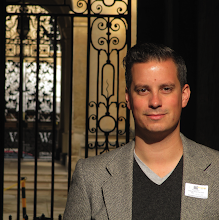



12 comments:
Good article.
My bike was mainly made in Nottingham (frame) and Japan (groupset), as was the one before it. My next bike will be mainly made either Clacton or Lincoln and Italy.
HG
@Thanks HG I wondered if any Nottingham frames might turn up - it was only relatively recently that the city stopped being the powerhouse of bicycle production it once was. Sad, really.
For the record my bikes were built in the UK (Brompton) and the Netherlands (RIH Fiets) but to be honest until I visited the factories in Taiwan I'd never really thought about what is involved before.
Thanks for this interesting post. Some time ago I worked on a fuel calculation for transporting your new bike from Keelung to Europe,US and Australia. You can see it here.
http://slow-rpm.blogspot.com.au/2012/01/bikenomics-part-2.html
cheers,
Ian,Melbourne
Awesome post, thanks @Ian
Those figures have made my head spin! However, to get a truer sense of how much fuel per bike a new bike costs the earth we should really take in to account the extraction and transportation of raw materials, and components. It blows my mind to think that steel used to make a new bike may have already traveled to two countries (extraction then processing) before even reaching the factory.
Of course, this is all just a drop in the ocean compared to the energy involved in creating and delivering a motor vehicle, and the joy of a bicycle is that the only fuel it runs on once you own it is the fuel you put in to your body!
Wouldn't it be lovely if, once the frame number was added, a random photo was taken of somewhere along the production line for that bike, which was sent out in the box.
It would be great to see the people who worked on your bike, even in a giant factory.
Ian,
Dave Moulton posted this on his blog
http://vimeo.com/39401575
Get an enamel mug full of strong tea, some rich tea biscuits, and settle down for a few minutes of nostalgia.
I can't make the video work on his blog, possibly cos it's archived, but if it's OK to credit Dave, his blog is at
http://davesbikeblog.squarespace.com/
I hope I'm not breaking any blog rules.
HG
My two bicycles (a Pashley Guv'nor and a Pashley Roadster Sovereign) come from England.
Wow!!! Feel like even I want to be a part of this. Thanks for sharing
Spacious modern 2 double ebd 2 bath apartment, 24 hr cctv Modern spacious 2 double bedroom 2 bathroom apartment, situated in this secure purpose built private development, 24 hr cctv, day concierge. 10 Minutes walk to the station Letting Details.
( url=https://www.theukpropertyguide.com]The property guide,[/url] provides all types of property details across UK and cities like London, Manchester etc., if you also want one you will get it here. )
I enjoyed every little bit part of it and I will be waiting for the new
updates
Bicycle shop toowoomba
Very nice description about parts of bicycle and beauty of bicycles.thanks for a beautiful post.
Cycling shops toowoomba
Hibird Cycles are the largest cycle manufacturer in India and market pioneer in the section with a worldwide nearness. Hibird Cycles are one among the main bike and cycle Manufacturers Company in India and well-known player in the assembling of High-tech bicycles. We have an exceptionally specialized and extensive industry of Bicycle in Ludhiana.
Bicycle exporters in India
Post a Comment